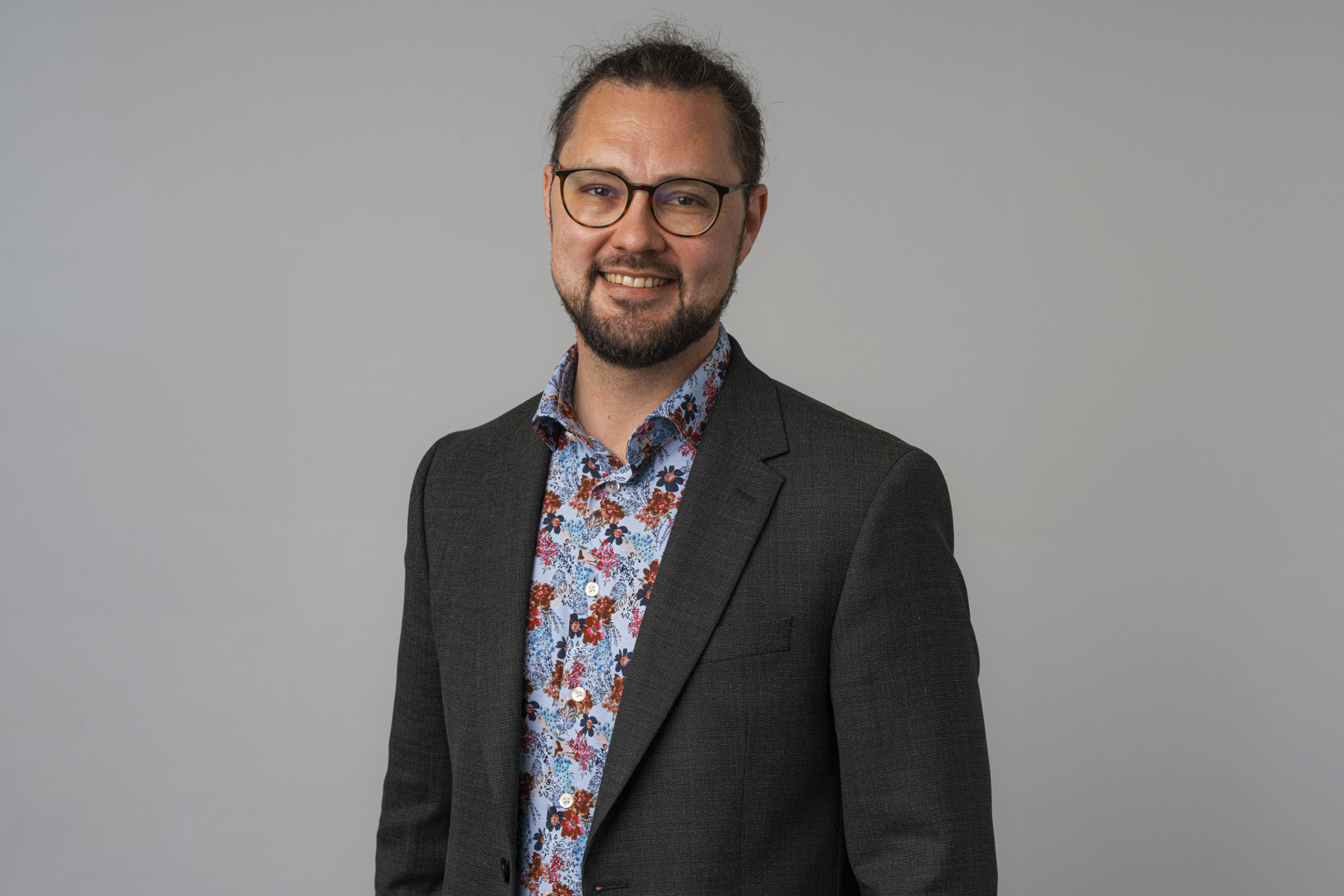Niels Christian Hansen
Research leader

Project title
Collective Applause in the Symphonic ConcertHall (CLAPS)
What is your project about?
We all clap when the play ends, when the figure skater performs a particularly demanding jump, or when the piano soloist steps into the spotlight of the concert hall. Applause is a ubiquitous—yet mysterious—behaviour found wherever crowds gather. But why do we rhythmically strike our palms together when something impresses us? The CLAPS project investigates which musical, contextual, and individual factors cause the greatest applause in the symphonic concert hall. For the first time, we will film the audience during three entire seasons of weekly concerts with Aarhus Symphony Orchestra at Musikhuset Aarhus. We will also survey musicians and audience members and conduct concert experiments with performance students from the Royal Academy of Music Aarhus/Aalborg. In this way, we will discover what applause really is, how best to measure it, and how it arises and spreads across the hall.
How did you become interested in your particular field of research?
I have played music for most of my life. During my conservatory studies with pianist Anne Øland, my fellow students and I internalised the conventions of classical concert culture. Performing throughout Denmark, we learned how to behave on stage in order to offer the audience the best possible concert experience. But many things also remained unsaid. The apprenticeship model dominating music education worldwide is solidly grounded in a long-standing tradition of practice-based experience. It also, however, relies on presumptions that have not always been subject to empirical scrutiny. The various strands of my research aim to unlock this untapped potential by adopting a scientific approach to establishing an evidence basis for musical practice. Incidentally, this can equally well lead to new friends and new enemies.
What are the scientific challenges and perspectives in your project?
Research concerts have become increasingly widespread in recent years. At these events, enormous quantities of data are typically gathered from audience and musicians. This includes questionnaires, physiological data such as heart rate and respiration, motion capture, eye tracking, and various forms of audio and video. These standalone events can indeed be spectacular. Yet, such spectacle heavily reduces our ability to investigate naturalistic concert settings. People will be aware that they are being monitored when the room is full of cables, cameras, and hardworking researchers, and when musicians are wearing lycra suits and funny goggles. To understand concert culture "in the wild," we researchers therefore need to take a more theory- and hypothesis-driven approach, where we observe the audience unobtrusively over a longer period of time. CLAPS is the first project to truly do so.
What is your estimate of the impact, which your project may have to society in the long term?
The cultural sector is facing an imminent data revolution. This includes symphony orchestras, who are increasingly trying to diversify their audiences, by experimenting with new concert formats, thematic programming, and online storytelling. Although every year billions of people encounter classical music through movies, video games, and live performances, classical concert culture is still perceived as elitist. Research finds that formal dress codes and rigid "rules" about when (not) to clap can deter especially younger audience members. Without systematic tools for measuring audience enthusiasm, orchestras cannot disentangle which initiatives succeed and fail. For instance, ticket sales merely reveal expected rather than realized enthusiasm. Because cultural participation can have positive effects on our mental wellbeing, society has a vested interest in attracting new concertgoers.
Which impact do you expect the Sapere Aude programme will have on your career as a researcher?
I regard my Sapere Aude: DFF-Starting Grant as a recognition of the interdisciplinary research that can arise if we strengthen scientific and artistic collaboration between conservatories, universities, and the performing arts industry. Although practically all researchers nowadays would self-identify as "interdisciplinary," I insist there are different degrees of interdisciplinarity. Research shows that those who bridge across faculties and vastly different knowledge traditions face greater systemic obstacles than their more monodisciplinary peers. This applies to obtaining grants and permanent employment. It is my hope that this grant can ease my own way into a permanent position, which, ultimately, is a condition for a successful academic career. If we do not break down the barriers to radical interdisciplinarity, we will miss out not only on important results, but also on crucial research talent.
Background and personal life
After conducting music cognition research in The Netherlands, UK, USA, Australia, and Finland, I returned to Denmark a few years back to settle down with my American partner. It is indeed wonderful to have good friends and colleagues from all across the world. Yet, upon return to one's home country, it is not uncommon to feel a bit like a stranger. We Danes are not always good at welcoming outsiders and integrating them into our established social communities. Foreigners who move to Denmark naturally face this challenge much more acutely than I do. As a research leader—and as a human being—I would therefore like to do my part to ensure that we become even better at welcoming and appreciating new people and new ideas from abroad.
View all research leaders here
Research institution
Aarhus University
Research field
Cognitive musicology
City of your current residence
Aarhus
High school
Sankt Anæ Gymnasium
